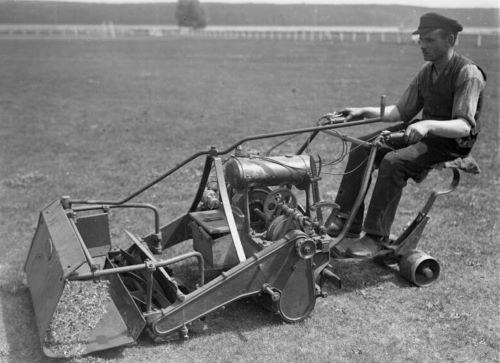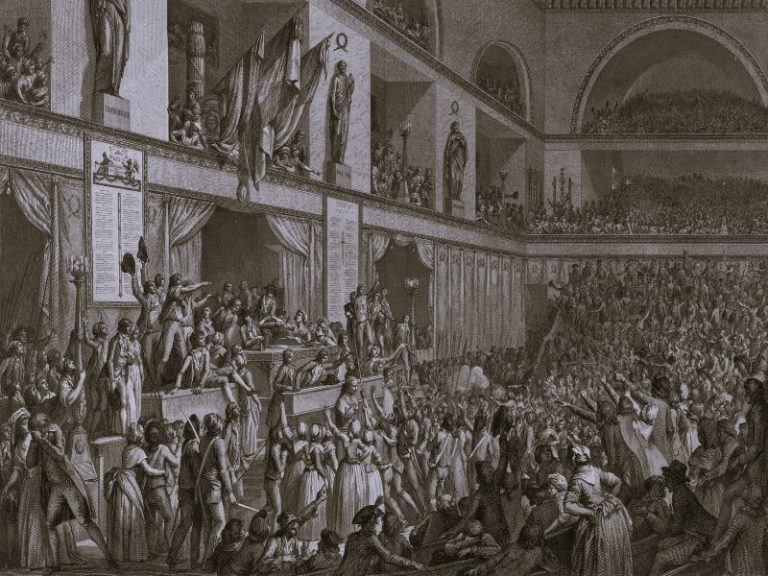

Mowing the lawn is a ritual many homeowners embrace, symbolizing care, order, and pride in their outdoor spaces. But have you ever stopped to wonder how mowing evolved from simple manual labor to the high-tech precision machines we use today? Let’s take a journey through the history of mowing and peek into what the future holds for this essential task.
The Early Days: Manual Mowing
Before the invention of machines, mowing was entirely manual. Early civilizations used basic cutting tools such as sickles and scythes to trim grass and crops. This method was labor-intensive and time-consuming, requiring physical strength and skill. The scythe, in particular, was the dominant tool for centuries. It allowed people to mow larger areas more efficiently than with a handheld sickle, but it still demanded considerable effort.
The concept of maintaining grass areas became more prominent in medieval Europe, especially in palace gardens, monastery lawns, and aristocratic estates. These large grassy spaces were often trimmed by teams of workers wielding manual tools, reflecting status and control over nature.
The Birth of Mechanical Mowers
The first major leap in mowing technology came in 1830 when Edwin Budding invented the first mechanical lawn mower in England. Budding’s design featured a cylindrical reel of blades that rotated to cut grass evenly, much like the scissors’ action. This innovation transformed lawn care by making it more accessible and less laborious.
These early machines were pushed by hand, much like a modern reel mower, and became popular for maintaining sports fields and ornamental lawns. However, their heavy weight and complex mechanisms limited widespread use among the average homeowner.
The Age of Motorized Mowers
The real revolution began in the early 20th century with the introduction of motorized lawn mowers. Gasoline engines replaced manual effort, drastically reducing the time and labor required. The first motorized mowers appeared around 1914, but it took a few decades for the technology to become affordable and reliable enough for everyday use.
As suburban neighborhoods expanded after World War II, the demand for efficient lawn care tools soared. Manufacturers responded by creating lighter, more powerful machines that homeowners could operate easily. Rotary mowers, which cut grass with a spinning horizontal blade, became the norm due to their simplicity and effectiveness on uneven terrain.
The Rise of Riding Mowers and Zero-Turn Technology
For those with larger properties, riding lawn mowers became a game-changer. Introduced mid-20th century, these machines allowed users to cover vast areas quickly without the physical strain of walking behind a mower. The design evolved to include features like adjustable cutting heights and improved safety mechanisms.
The next step in mowing efficiency was the zero-turn mower, a machine capable of pivoting 180 degrees on the spot for maximum maneuverability. This technology made it easier to navigate around obstacles like trees and flower beds, speeding up the mowing process while producing a neat, professional finish.
Today, trusted brands like Cub Cadet continue to innovate in this space, offering zero-turn mowers that combine power, precision, and user-friendly controls for homeowners and professionals alike.
The Future of Mowing: Smart, Sustainable, and Automated
Looking ahead, the future of mowing is shaping up to be smarter and greener. Advances in robotics have led to the creation of autonomous robotic mowers that can maintain a lawn without human intervention. These compact devices use sensors and GPS to navigate, cut, and even recharge themselves, making lawn care effortless.
Sustainability is also a major focus. Electric and battery-powered mowers are replacing traditional gas engines, reducing noise pollution and carbon emissions. Many models feature energy-efficient designs and biodegradable components, helping homeowners minimize their environmental impact.
Furthermore, integration with smart home technology is on the rise. Imagine controlling your mower via smartphone apps, scheduling mowing times remotely, or linking lawn care to weather forecasts for optimal results. This level of connectivity promises to make lawn maintenance more convenient and personalized.
Conclusion: Embracing Tradition and Innovation
From manual scythes to advanced zero-turn mowers, the history of mowing reflects a continuous effort to balance human effort, efficiency, and environmental care. As technology progresses, homeowners have more options than ever to keep their lawns looking pristine with less hassle.
Whether you’re nostalgic about traditional mowing methods or excited by robotic innovations, the future promises exciting developments that will redefine how we tend to our green spaces for years to come.
If you want to explore the latest in zero-turn mower technology, checking out Cub Cadet’s innovative lineup is a great place to start. Their machines blend decades of expertise with modern advancements, making mowing easier and more enjoyable than ever.


